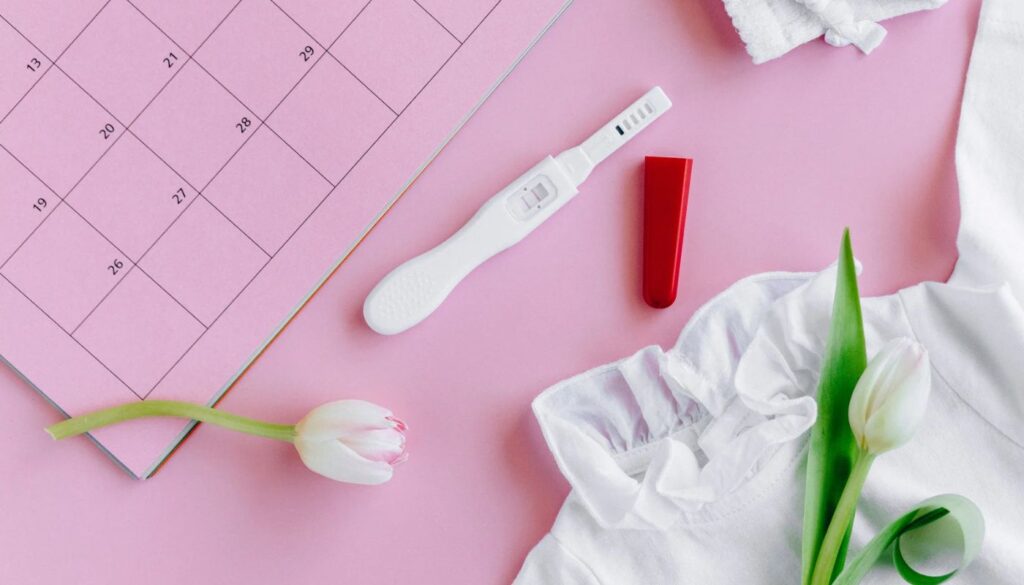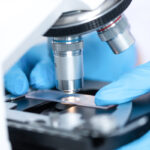Things to Consider After Vaccination

Will there be any pain after the vaccination method is applied?
Some women who have the insemination method do not feel any pain after the treatment, while some women may experience mild groin pain instead of pain. It is a method that does not require anesthesia, can be applied practically, and does not cause anyone to feel pain. However, the feeling of pain varies according to exceptional cases. As for the reason for this, some people may have a low pain threshold. People with a low pain threshold can feel the lightest application to the body and may feel pain due to the application. Women with a low pain threshold who have the insemination method may feel pain exceptionally, but this pain is quite mild. However, the pain in question may also indicate another problem, so doctor supervision is very important in this regard.
Is it normal to experience bleeding after the insemination method?
- There should be no bleeding after the insemination method is applied. There is no reason for bleeding during the application. In some women who have the insemination method, bleeding in the form of small spots may occur in the cervix during the application, but this is not a common situation and can occur rarely.
- If the bleeding seen after the insemination method is such a bleeding, it will not negatively affect the chance of pregnancy. These bleedings can be seen as very short, lasting an average of 1 day.
- If bleeding lasts more than 3 days and is not in the form of spots but in the form of heavy bleeding, then a doctor should definitely be consulted. If bleeding after vaccination is seen after 15 days, this situation is commonly called menstruation or menstruation.
Is it necessary to use progesterone hormone after the insemination method?
It is not necessary to use progesterone hormone after the application of the insemination method. In some insemination method applications, progesterone hormone may not be used. This situation depends entirely on the doctor’s technique. There is no rule or obligation that progesterone hormone will be used in every patient to whom the insemination method is applied. The decision regarding progesterone hormone is related to the decision of the doctor who will perform the insemination.

When can I have sexual intercourse after vaccination?
After the vaccination method is applied, the doctor who performs the vaccination should decide on the duration of sexual intercourse. After the vaccination, the doctor informs the couple about the duration of sexual intercourse.
When can a pregnancy test be done after the insemination method?
After the vaccination method is applied, the pregnancy test is the same as in normal pregnancies. A pregnancy test should be performed 14 days after the vaccination. A pregnancy test performed during this period can give a definitive result.

When can pregnancy symptoms be seen after the IUI?
After the application of the insemination method, cravings are observed in expectant mothers, just like in naturally occurring pregnancies. In the insemination transfer, pregnancy symptoms begin to be seen in the 3rd week of pregnancy. If pregnancy has occurred after insemination and it is the 3rd week of pregnancy, the symptoms that can be seen are: dizziness, weakness, intense nausea and vomiting.
What should be done if the pregnancy test result is positive after the vaccination method application?
If the pregnancy test result is positive after 14 days following the vaccination, this indicates that the baby is present. If the pregnancy test is positive, a doctor should be consulted without delay.
If the pregnancy test result is negative after the insemination method, when will the first menstrual period occur?
If the pregnancy test results are negative after the vaccination, menstruation should occur within 15 days at the latest. Otherwise, if no menstruation has occurred, a doctor should be consulted.
How long after the IUI can pregnancy be seen on ultrasound?
In the first weeks of pregnancy, the baby cannot be seen with an ultrasound device. In order for the pregnancy to be seen with an ultrasound after the application of the IUI method, the baby must be at least 5 weeks old. Pregnancy can be detected with an ultrasound 20 days after the IUI.
Will there be any irregular blood staining or discharge after the insemination method application?
There is usually no bleeding or discharge after the insemination method. However, if there are such complaints, it is useful to consult a doctor without wasting time.
When to take a bath after vaccination?
After the vaccination method is applied, the doctor may recommend taking a bath on the second day, not the first.
How should one feed after the vaccination method is applied?
There is no nutritional diet. There is no difference between the nutrition of a woman who becomes pregnant naturally and a woman who has undergone insemination treatment.






